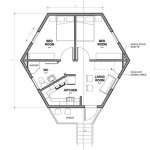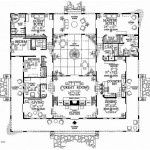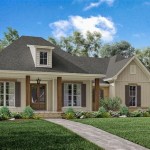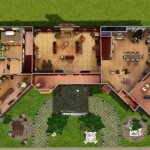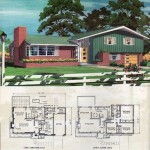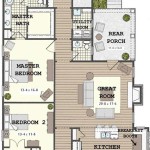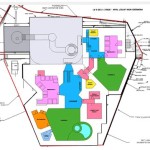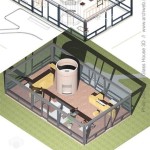Hill Top House Plans
Building a home on a hilltop presents unique opportunities and challenges. Hilltop house plans must address these considerations, maximizing the views while mitigating potential issues related to slope stability, accessibility, and exposure to the elements. Choosing the right plan is crucial for creating a functional, beautiful, and safe hilltop dwelling.
One of the primary advantages of a hilltop location is the panoramic view. House plans designed for hilltop lots often incorporate large windows, expansive decks, and strategically placed balconies to capitalize on these vistas. Open floor plans can further enhance the sense of spaciousness and connection with the outdoors. Consideration should be given to the orientation of the house to optimize views and natural light while minimizing exposure to harsh weather conditions.
Slope stability is a critical factor in hilltop construction. Geotechnical surveys are essential to assess the soil composition and identify potential risks. House plans may incorporate retaining walls, stepped foundations, or other structural elements to ensure the stability of the building. Proper drainage systems are crucial for managing rainwater runoff and preventing erosion, which could compromise the foundation.
Accessibility is another key consideration for hilltop homes. Steep driveways can be challenging, especially during inclement weather. House plans may incorporate features like switchbacks, gentler slopes, or even funicular systems to improve access. The layout of the house itself should also consider accessibility, with options for single-level living or elevators for multi-story designs.
Exposure to the elements is often amplified on hilltops. Strong winds, intense sunlight, and heavy rainfall can all impact the comfort and durability of a home. House plans for hilltop locations often incorporate features like windbreaks, strategically placed overhangs, and high-performance windows to mitigate these effects. Durable exterior materials, such as stucco, stone, or fiber cement siding, are also common choices for their resistance to weather and maintenance requirements.
The design of a hilltop house can take various forms, from contemporary to traditional styles. Walkout basements are a popular feature, allowing for additional living space that seamlessly integrates with the sloping terrain. Split-level designs can also be effective in maximizing the views and creating distinct living zones within the home.
Choosing the right house plan is a collaborative process. Working with an architect or experienced home designer is essential for creating a plan that meets the specific needs of the site and the homeowner. They can provide expert advice on site analysis, structural design, and material selection, ensuring that the final plan is both aesthetically pleasing and structurally sound.
Utility access and infrastructure are important considerations for hilltop properties. Water, sewer, and electrical connections may require extended runs and specialized equipment. House plans should account for these logistical challenges and incorporate solutions that ensure reliable and efficient utility service.
Landscaping plays a vital role in the overall aesthetic and functionality of a hilltop home. Terracing, retaining walls, and strategically placed plantings can help stabilize the slope, manage water runoff, and enhance the beauty of the surrounding landscape. Native plants are often preferred for their adaptability to the local climate and reduced maintenance requirements.
Building codes and regulations can vary significantly depending on the location and specific characteristics of the hilltop site. House plans must adhere to these regulations to ensure safety and compliance. Working with a local architect or builder is crucial for navigating these requirements and obtaining the necessary permits.
Consideration should also be given to energy efficiency in hilltop house plans. Due to the exposed nature of these locations, proper insulation, high-performance windows, and efficient heating and cooling systems are essential for minimizing energy consumption and maintaining comfortable indoor temperatures.
The cost of building a hilltop home can be influenced by several factors, including the complexity of the site, the design of the house, and the accessibility of materials and labor. Detailed cost estimations should be obtained early in the planning process to ensure that the project aligns with the budget.
Finally, the long-term maintenance of a hilltop home should be considered. Regular inspections of the foundation, drainage systems, and exterior elements are essential for identifying and addressing potential issues early on. Choosing durable materials and implementing preventative maintenance measures can help minimize the long-term costs associated with owning a hilltop property.

Gallery Of Hilltop House Studio Ht 11

Hilltop Ross Chapin Architects

Great Guest Cottage House Plans Small Floor Four Bedroom

Hilltop House Landtech Engineering Planning Fairfield County Ct

The Architect Split Level House Built On Steep Slope Description From Kathabuzz Co Into Hillside Architecture Unique Plans

Gallery Of Hilltop House Studio Ht 12

Hillside And Sloped Lot House Plans

Modern House On A Hill Design Concepts For Sustainable Living

Beautiful Home On A Steep Hill With Incredible View 14 Pics Twistedsifter

Hillside And Sloped Lot House Plans

